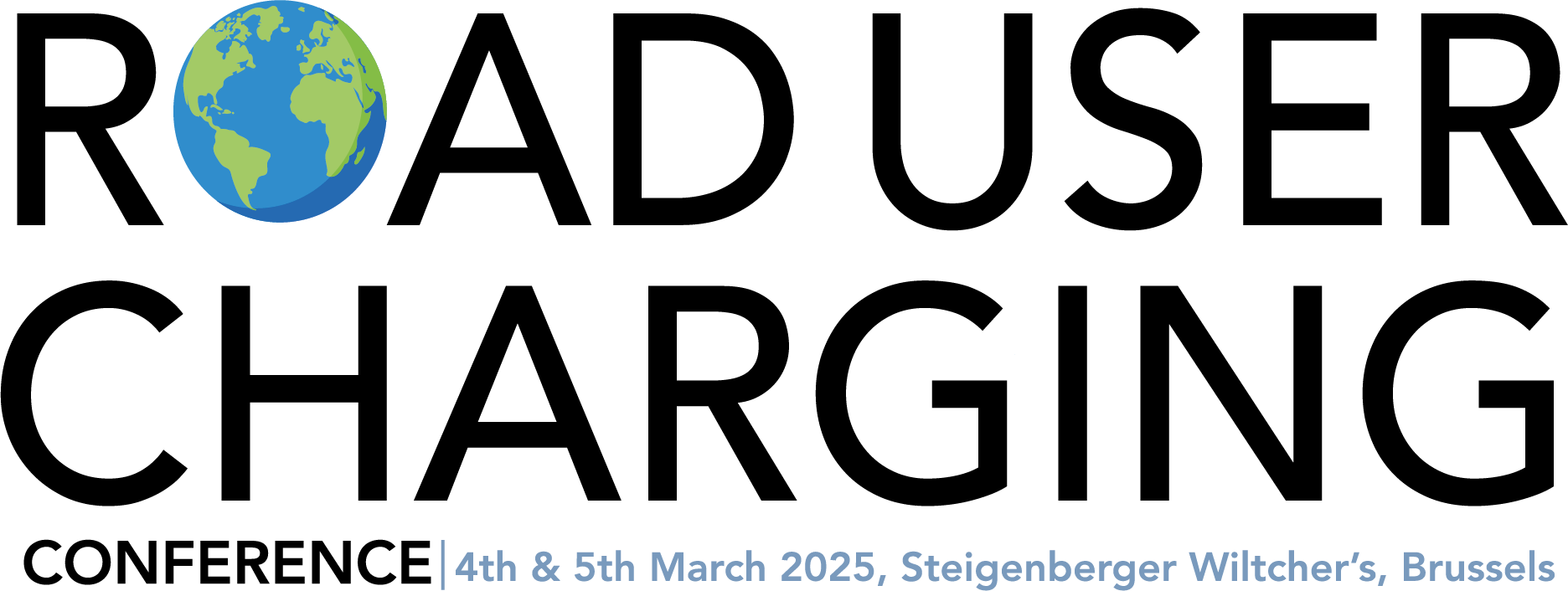RUC Europe 2022 Day 2
-
1. Knowing Road Infrastructure system in Indonesia, especially Toll Road
2. Existing Payment and Intelligent Transport System guide in Indonesia
3. New approach of transaction payment system
Afternoon chairperson
05 May 20222122: road usage charging 100 years on
05 May 2022It’s 2122. For nearly 100 years, road usage charging (RUC) is now the dominant means of paying for road infrastructure throughout the world. How did we get here? Sometimes we solve big challenges by working incrementally, in a linear fashion from the present to the future. But when there are BIG problems, we leap to the envisioned future and tell the history of how it happened. That’s what this presentation does. From the perspective of 2122, when our road funding challenges have been solved, we look back voyeuristically and irreverently to see how we got here.
Closing Remarks & End of Conference
05 May 2022Chairperson’s opening remarks
05 May 2022Registration and welcome refreshments
05 May 2022Tolling in Norway – and the road ahead
05 May 2022Norway has a long tradition for toll road projects, and car drivers have contributed with substantial amounts into the investment in construction of infrastructure and to urban package solutions. Over the last few years the country’s tolling sector has been through a large reform, resulting in five permanent tolling companies, a standardised tariff and discount system, and full separation of the toll service provider. What is next for tolling in Norway? Several changes are being explored, and the role of tolling is changing to meet new challenges. In urban areas, road tolls serve several purposes; traffic regulation, financing and contributions to climate and environmental goals. Traffic regulation and financing is increasingly being challenged by an increasing number of electric cars that pay less road toll.
Olympia Odos – a toll motorway system responsible for the construction, maintenance and operation of the Elefsina – Korinthos – Patra highway on the Peloponnese in Greece – has developed and made available for free a mobile app, for iOS and Android operating systems, to create a comprehensive travel experience for Greece's motorway users. Not only are the subscribers of Olympia Odos able to charge their transponders, but there is also a variety of other functionalities such as trip planning, a toll calculator, interactive map, traffic prediction, news, offers and virtual tours, which are available to all users of the motorway. This presentation will explain how the Olympia Odos app is innovative by offering a geo-localised emergency button service and providing a connection with the motorway’s MMS/SCADA protocol.
- Attractiveness of MaaS for employers and travellers: results of our research
- Addressing the concerns of transport operators, mobility providers and MaaS suppliers
- Perspective of a national administration
Afternoon Networking Break
05 May 2022The new Eurovignette Directive
05 May 2022Road pricing is a key tool for recuperating road transport costs and to implement the “polluter pays” principle in the EU. On 24 March 2022, the new Eurovignette Directive entered into force to better respond to contemporary challenges. This session will outline the main changes to the legislation, including the scope, ways of charging, environmental differentiation and congestion and the implications on electronic tolling.
Update on RUC in the USA
05 May 2022Using the latest information on completed or near-completed state-level trials and their findings, this presentation will provide an update on new trials in progress and being proposed in other US states, especially regional and multi-state trials. This session will provide the latest on the developing national trial funded by congress.
A new Helsinki road safety development programme
05 May 2022The goal of the new road safety development programme is to halve the number of dead and injured from 2020 levels in Helsinki by 2030. The long-term vision is that in 2050 no one will die or be seriously injured in Helsinki traffic. Specific target groups for the programme include children and the youth, pedestrians and cyclists. The programme includes many different concrete measures for the City of Helsinki and other stakeholders to improve road safety for the next five years.Lunch & Networking Break
05 May 2022-
In the last two years, toll collection in Slovakia has undergone several changes. In this context, the direction of toll collection in Slovakia for the next period was established in several areas. As a first step, public tenders for a new toll system and toll services were announced. A way was also sought to manage toll collection in Slovakia for the next period. Here, the best way seems to be to create an independent entity that will be in charge of ensuring toll collection in Slovakia. We are also preparing to launch the EETS project in Slovakia, which we are currently working on intensively. This presentation will deliver:
· Information on announced tenders for new tolls
· An update on the creation of a new toll management company in Slovakia
· An overview of EETS in Slovakia
Tolling-as-a-Service
05 May 2022Telepass was originally developed as a system to help speed-up the payment of tolls and help motorists avoid the need to pay with banknotes and coins. Today, Telepass is a company focused on easing both mobility services and toll payments. This presentation will explore current trends and services, with a particular focus on tolling in Europe as part of an integrated world of mobility services. It will also explain how new devices can form part of a network or portfolio of services and whether Telepass can contribute to a reduction on pollution.
Morning Networking Break
05 May 2022· Overview of EUCARIS and EReg
· Update on the implementation of EETS messages in EUCARIS
· Why you need actual vehicle data
· How vehicle registration authorities work together on data quality
360° mobile toll enforcement
05 May 2022This presentation highlights a mobile enforcement solution that was delivered in 2021 as part of the Polish e-Toll system. The solution is based on an enforcement bar (EB) mounted on the roof of two types of enforcement vehicles. With its capability to identify and read license plates in four directions (front / rear / left / right) the EB reaches an enforcement footprint of practically 360° around the vehicle. The EB solution supports enforcement operation out of a parked position and out of a moving enforcement vehicle in floating traffic. Beyond ANPR the EB identifies 15 vehicle classes based on artificial intelligence. In total 102 vehicles have been supplied to the e-Toll system.
The effect of EUCARIS on toll charger operations
05 May 2022- Limitations ASFiNAG has come across
- Possible effects of the protocol on future tolling systems

